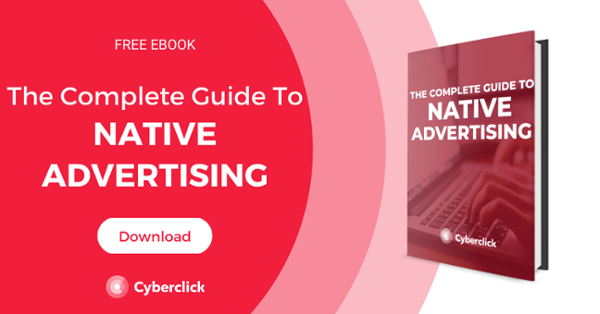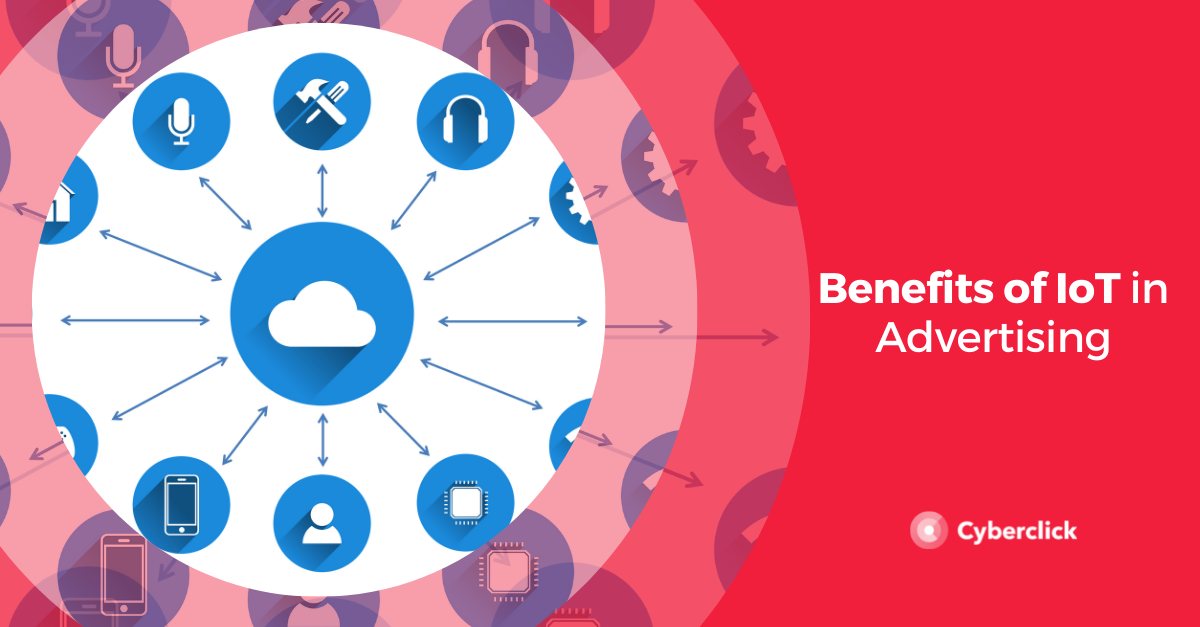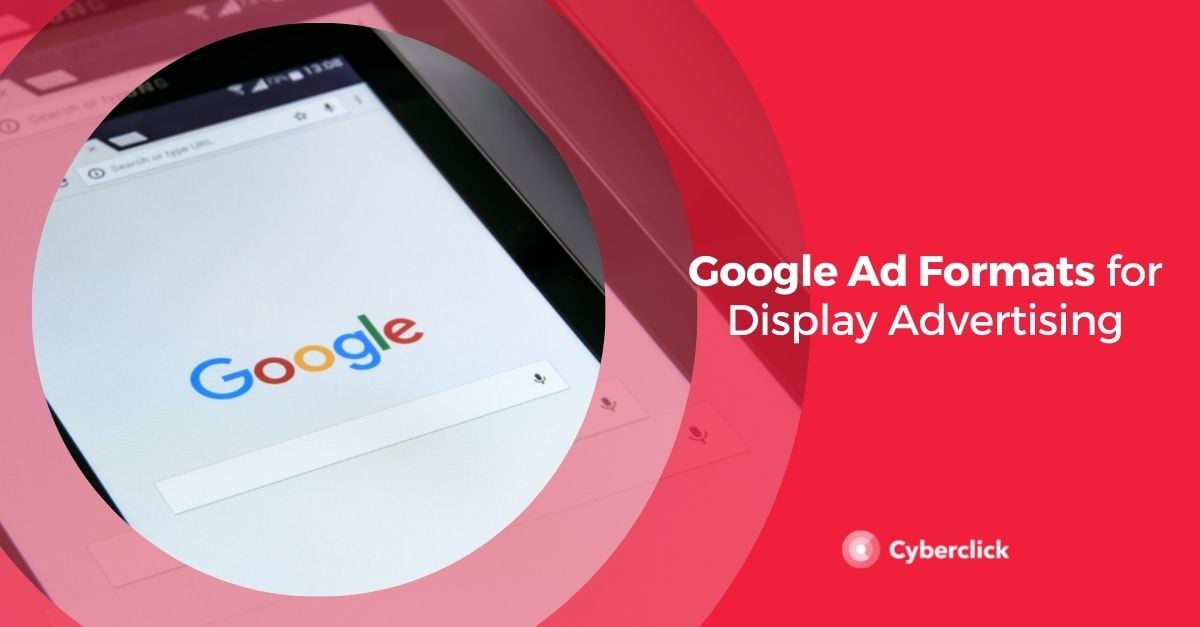Marketing and advertising have adapted and evolved along with the Internet, especially in recent years. In fact, ads can now be placed on websites that have traits in common with the product or service being featured in the ad and thus get more traffic in no time. This is referred to as contextual advertising.
Follow along as we take a look at what this is, how it can benefit your brand, and share a few examples.

What Is Contextual Advertising?
Contextual advertising consists of displaying ads about a product or service that match the content of the website they appear on. For example, ads for laptops on a site about computers. This is achieved thanks to an algorithm that retrieves keywords used in search engines and other mechanisms. As a result, the owner of the website receives a variable income depending on the number of clicks and the advertiser gets more traffic.
Contextual advertising works via contextual segmentation, which is a mechanism that links ads to relevant websites through keywords. Search engines also use this to display ads in search results. The platforms that use contextual advertising are vary widely and range from in-video to in-game ads, display ads, and social ads.
Benefits of Contextual Advertising
There is a lot of debate on how best to advertise, given that there are many options available like native advertising, SEM, behavioral advertising, etc. This last type relies on tracking information from the users, mostly using third-party cookies. While this method can provide accurate results, it does so at the expense of privacy, which may annoy some users and cause them not to click on or buy your product. Contextual advertising, however, offers a more reliable experience so let’s take a look at some of its benefits.
Easy and Affordable
Contextual advertising services are usually very intuitive and can be set up in no time. They can run by themselves, so there is no need to have a marketing team spend a great deal of time on them. In fact, many of them are free, meaning you can try different strategies and modify them by yourself at no cost. The interface tends to be easy to use too, so all the information is displayed in the same place.
Customizable
Ads are generally not limited to the content of the page but can be extensively customized according to several parameters like demographic information or geographic location. Also, some contextual advertising services are not limited to websites, meaning ads can also be displayed in videos, namely on YouTube.
Successful Targeting
As you can imagine, people who are looking for a specific type of content or offer will be more likely to click on the ads rather than people who have no interest, so the clicks you get will likely be from interested individuals.
Privacy-Friendly
Contextual advertising protects the privacy of the user since it does not collect or analyze customer data, but rather uses what is already on websites, in games or in videos.
Contextual Advertising Examples
You have likely seen this type of advertising online. Many such ads are made with Google AdSense because this free service allows users to place ads online very easily, and it is a great way to earn passive income. The way it works is simple: fill in the keywords and the topic and AdSense will analyze them along with page text and language, and then choose the most adequate website(s) for your ads. The ads will be placed there and you will be good to go.
However, Google Adsense is not the only provider for contextual advertising. There are other options like PropelerAds, Revenue Hits, AdRecover, and many more.
Specific Topic Websites
As mentioned earlier, contextual advertising involves displaying ads about products or brands that match the content of the site they appear on. One example of this is Goodfood, BBC’s foodie supplement, which does exactly that.
many of the ads displayed here are related to food, beverages, cooking, etc.
Self-Promotion in Newspapers
Sometimes, websites use ads to advertise their own content. This can be seen in the Washington Post's ads.
The very top of the website displays an ad inviting the user to download the brand's own app and enjoy more content from there. While this ad is not directly for the newspaper, it is about an app made by the same company
In newspapers it is also very common to find ads about subscription options, writing courses or events.
In Conclusion
The vulnerability of data privacy due to third-party cookies is making companies gradually switch to contextual advertising. It is not only more reliable for companies and users, but also more efficient given that it focuses on what the customer already expects to find on a website or in a video.
All things considered, contextual advertising still has room for improvement. While these types of ads work well on websites, videos, and video games, there are some flaws. For example, some ads continue to be shown long after the user has bought the product that is being advertised, and thus are useless for both the consumer and the advertiser. In the next few years, issues like this will probably be refined and improved. But for now, the only certainty is that contextual advertising gets good results!
Responsable de Relación con los Clientes de Cyberclick
Responsible for Cyberclick Customer Relationship.






Leave your comment and join the conversation